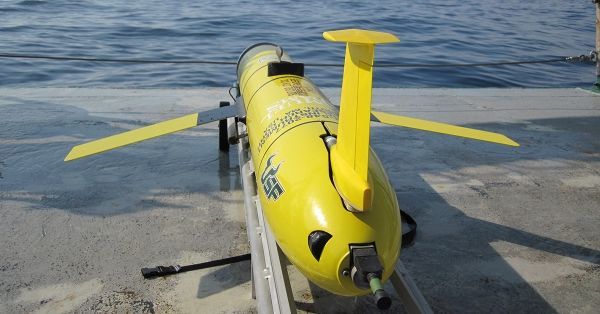The harmful algae that causes red tide is currently at near undetectable levels in Florida waters compared with the much higher concentrations at this time last year. The red tide algae, Karenia brevis, causes respiratory issues, is responsible for massive fish kills and is often blamed for damaging tourism.
While traces of the bloom are always present offshore in the Gulf of Mexico, a new study published in the Journal of Geophysical Research-Oceans finds ocean circulation made 2018 the worst year for red tide in more than a decade.
By affecting the nutrient levels offshore, marine scientists at the University of South Florida (USF) showed that the ocean circulation played a controlling role. If nutrient levels offshore are high in spring due to the upwelling of deeper ocean waters, then there tends not to be major red tide blooms along the shoreline in fall. Such upwelling did not occur in winter and spring of 2018, allowing a new bloom to form offshore in spring and summer 2018. An upwelling circulation then set in toward the end of July, ensuring that the newly formed bloom would be carried to the coastline along the bottom where it reinforced what had already been in place from 2017.
Read more at University of South Florida
Image: USF marine scientists deployed a robotic glider in fall 2018 to study red tide. Credit: University of South Florida


